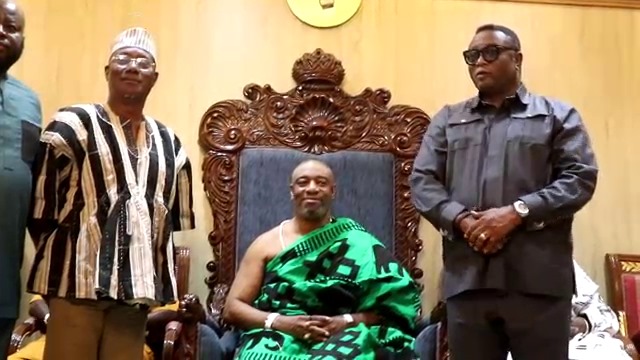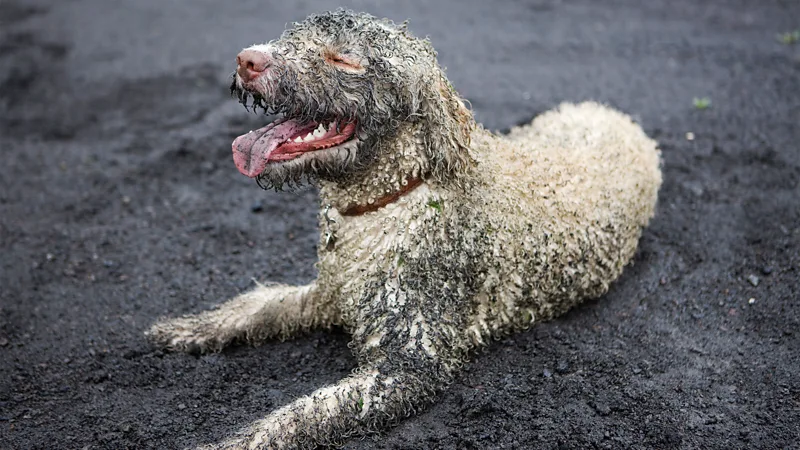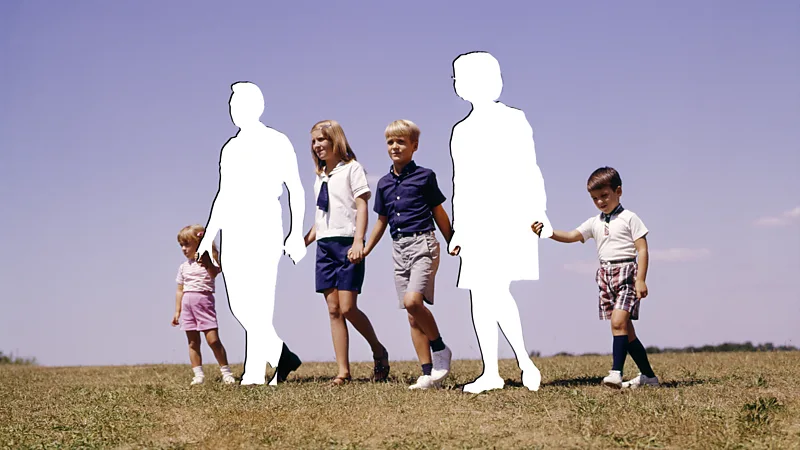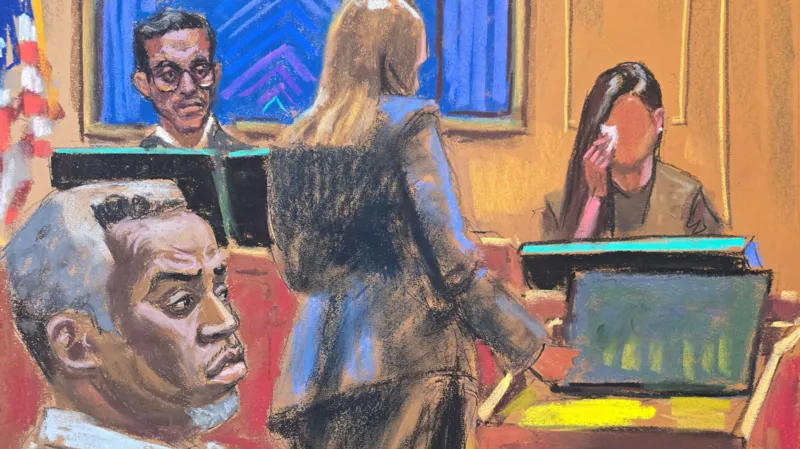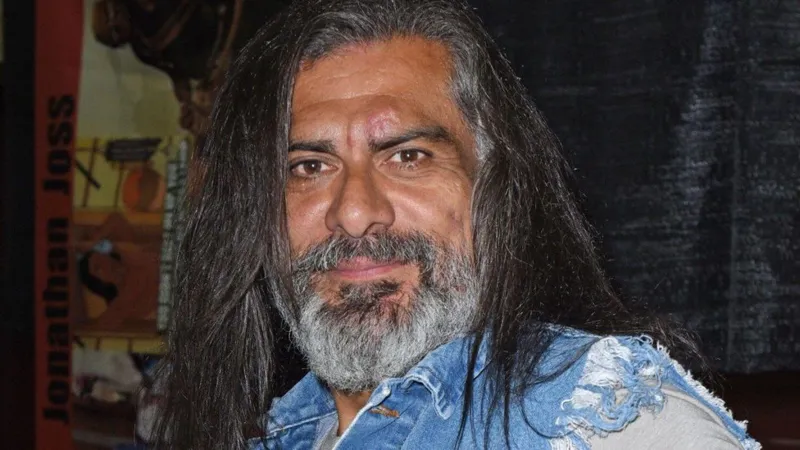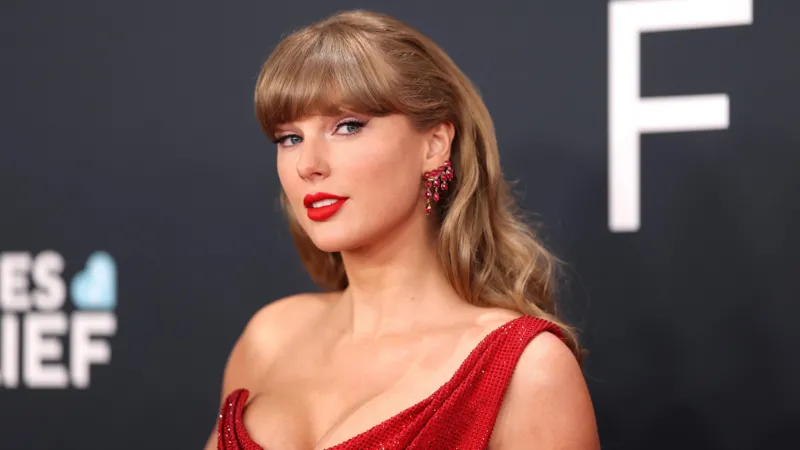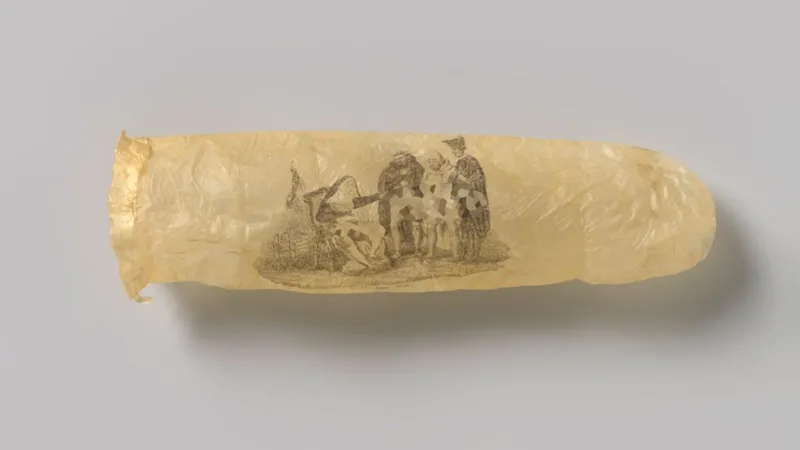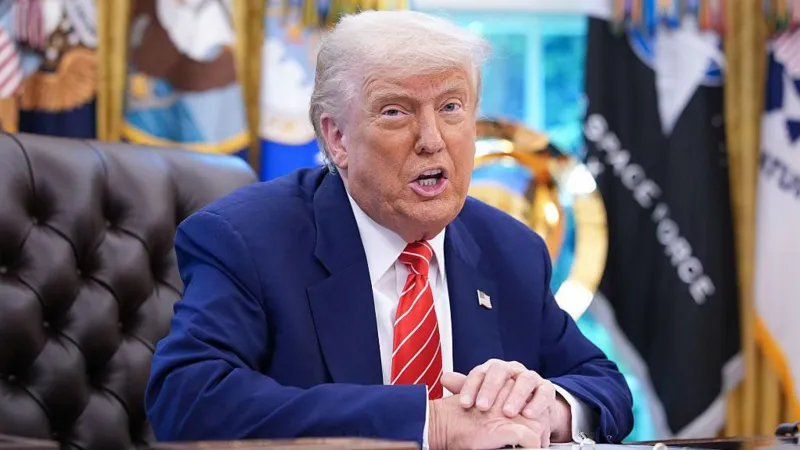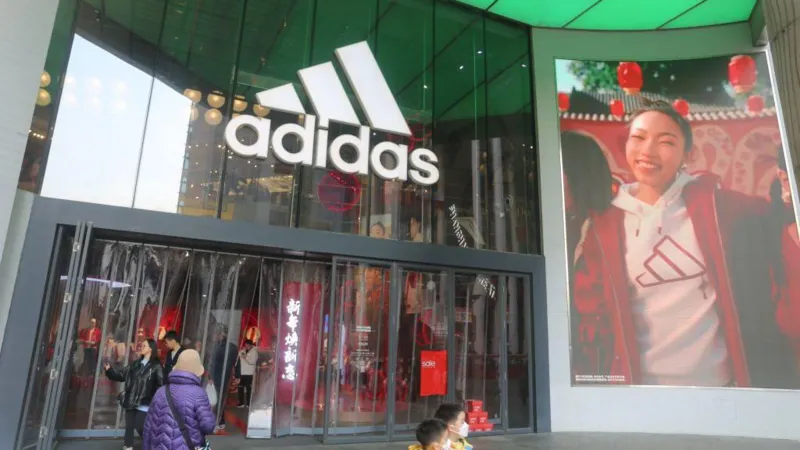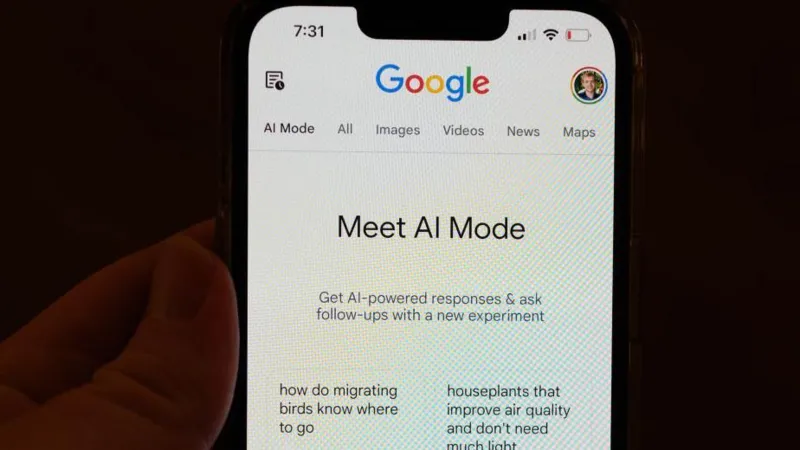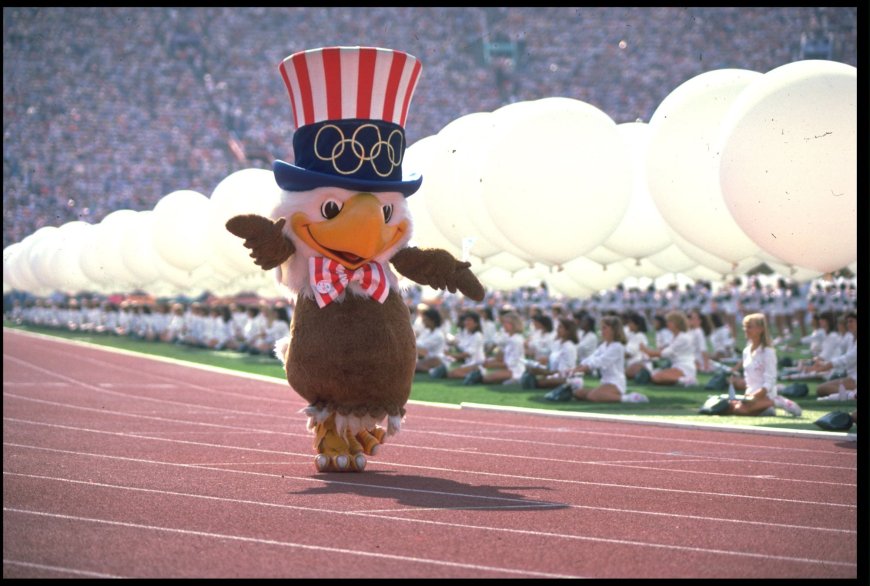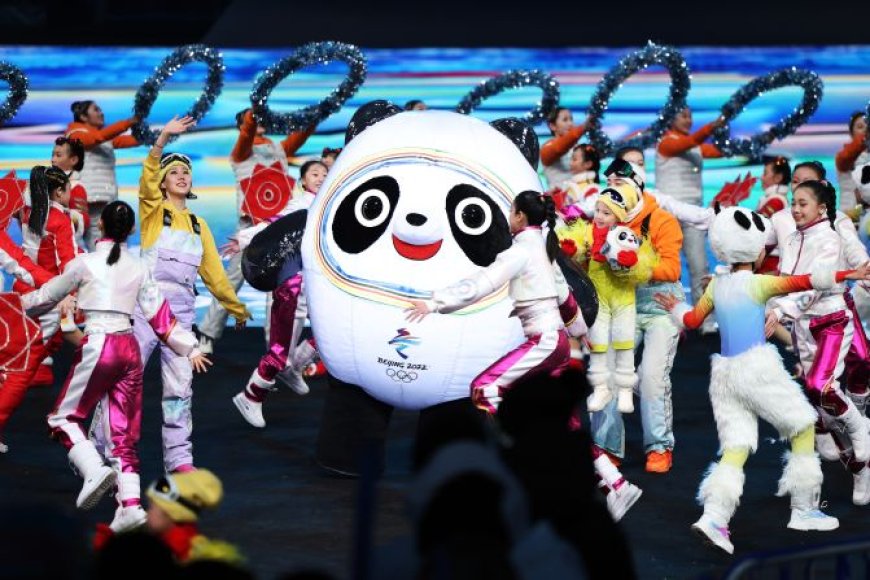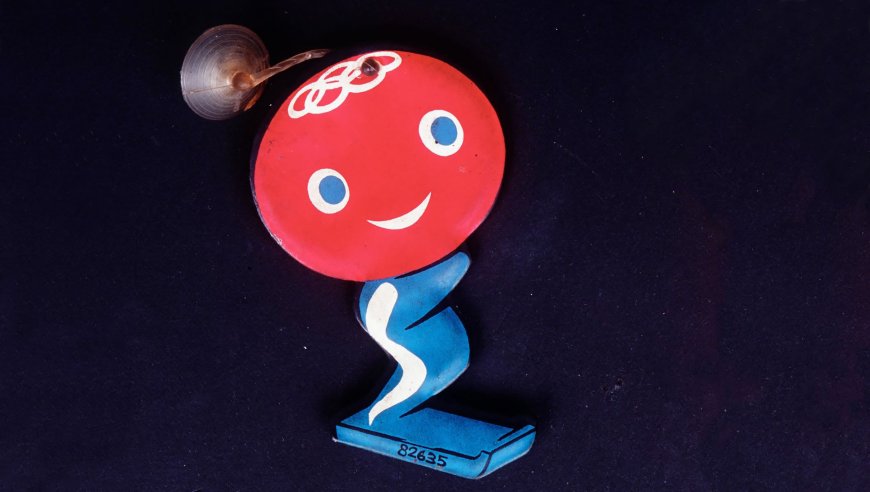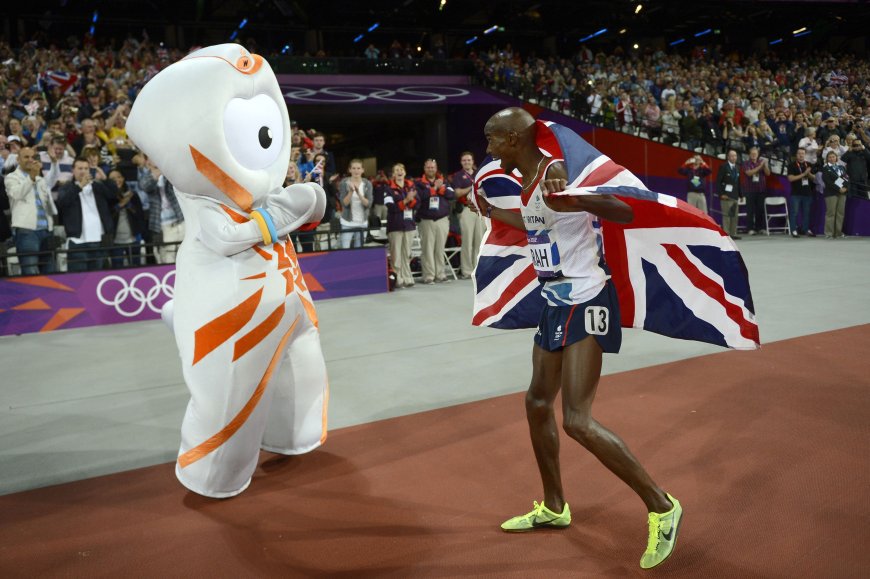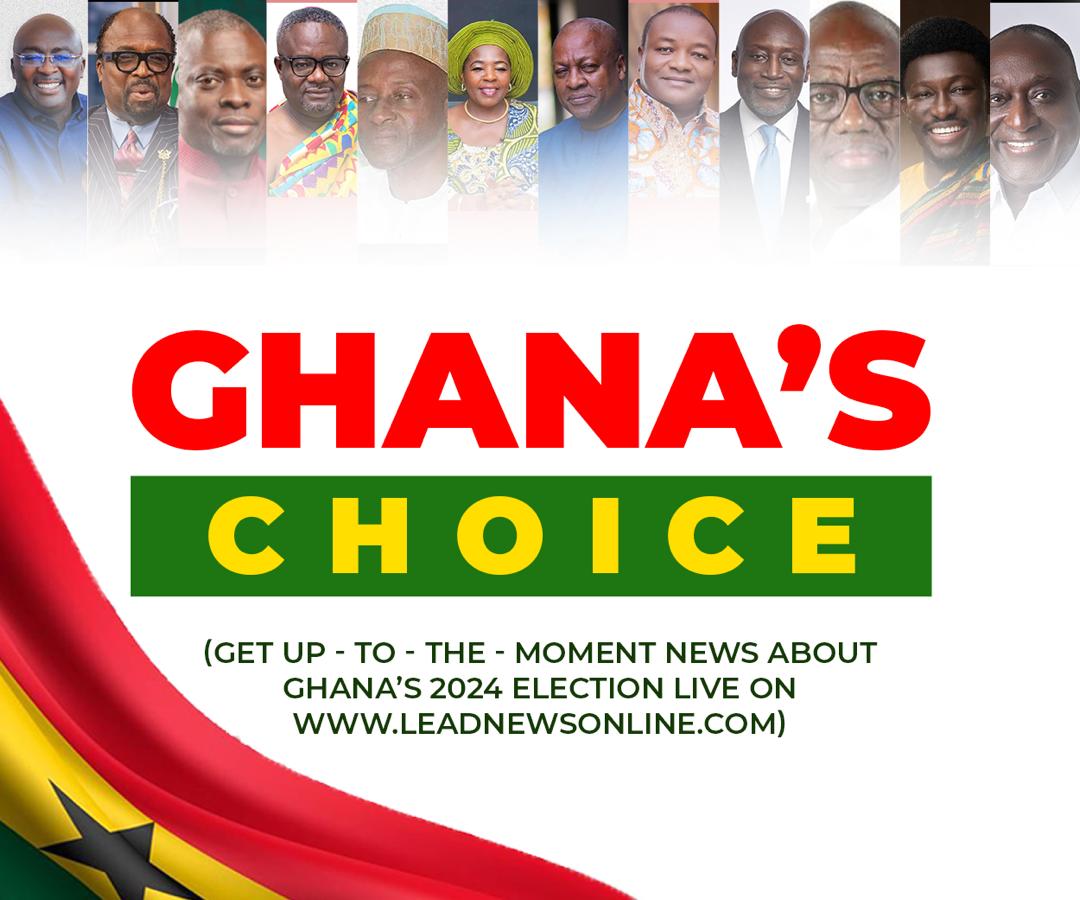Aiming For Gold Style / Design Fun or frightening? A brief history of Olympic mascot design
For more than fifty years, athletes competing in the Olympic Games have often been cheered on by either a furry, feathered or slimy friend. The Olympic mascot – a cartoonish encapsulation of the host city’s culture and history – is so important, designs are often selected and finalized years before the Games take place.
According to the International Olympic Committee, the role of these quirky caricatures is to help spread a “festive atmosphere” and embody the exuberant spirit of the event.
Over the decades, the world has welcomed snowmen, sasquatches, cowboy-hat-wearing bears and aliens to the Olympic stage. This year, the mascot will take the form of a hat — specifically the distinctive red Phrygian cap worn by emancipated Roman slaves which became a symbol of freedom during the French Revolution.
The first mascot was created in 1968 by designer Aline Lafargue for the Grenoble Winter Games in France. Affectionately named “Shuss,” the character consists of a two-toned head and lightning-bolt shaped leg attached to skis. Despite holding the esteemed title of first ever mascot, Lafargue created and submitted her design for Shuss in just one night.
Shuss was the first ever mascot used in the Olympics Games back in 1968.
The mascot of the 1976 Montreal Games was a chunky beaver called Amik. Amik means "beaver" in Algonquin, a widespread language among the Indigenous people in Canada.
The Phryge, Paris 2024 Paralympics mascot, poses during a presentation to the press.
The Phryge, Paris 2024 Paralympics mascot, poses during a presentation to the press.
Merchandise featuring Beijing mascot Bing Dwen Dwen, the 2022 Winter Olympics mascot, has been extremely popular.
Here Miraitowa and Someity, the mascots for the Tokyo 2020 Games, have been re-created using floral arrangements.
The 2018 Korean Olympics were represented by Soohorang the tiger, whose name "Soohoo" translate to protection.
Rio 2016 Olympic mascot Vinicius was selected four years before the Games kicked off.
For the Sochi Winter Games in 2014, a rabbit, polar bear and leopard took to the Olympic stage.
Two one-eyed aliens were created for the 2012 London Olympics. Here, Mo Farah celebrates with one of the mascots, called Wenlock.
A Sasquatch called Quatchi was the official mascot for the 2010 Olympic Games in Vancouver, Canada.
Beijing created five mascots for the 2008 Olympics. The names of each character spell out "Beijing welcomes you."
Neve and Gliz represent snow and ice. They were designed for the 2006 Winter Olympics in Turin, Italy.
For the 2004 Olympic Games in Athens, an abstract cartoon pair called Phevos and Athena were created to challenge old school design.
Three mascots represented the Salt Lake City Winter Games in 2002: Powder, Coal and Copper; a snowshoe hare; a coyote, and a black bear. Here is Powder at women's downhill in Snowbasin, Utah.
Syd the platypus, Millie the echidna and Olly the kookaburra, helped represent the Sydney 2000 Olympic Games.
These "Snowlet" creatures were the Olympic mascots for the 1998 Winter Games in Japan.
The mascot for the 1996 Atlanta Olympics, Izzy Whatizit, makes his debut appearance on stage.
The 1994 mascots for the Lillehammer Games were made of wood.
Cobi, official mascot of the 1992 Summer Olympic Games in Barcelona, comes up to the surface in Barcelona's Port to celebrate the arrival of the Olympic Flag.
The Albertville Olympic Games in 1992 was cheered on by a star-shaped gnome-looking character.
For the 1988 Games in South Korea, Hodori the tiger cheered on the athletes.
Sam the Eagle for the 1984 Summer Olympics was designed by Disney.
Vucko the wolf, the symbol for the 1984 Winter Olympic Games in Sarajevo's Yugoslavia, dances with Howdy the bear, who went on to represent the Games in Calgary, Alberta, Canada in 1988.
Roni the raccoon was selected for the 1980 Winter Olympics in Lake Placid.
Card-bearing people form image of Misha, the Russian bear mascot of the 1980 Summer Olympic Games, flanked by the worlds, "Good Luck," in Russian during opening ceremonies of the games in Moscow's Lenin Stadium.
Waldi, the dachshund mascot of the 1972 Olympics in Munich, on display at the Dachshund Museum.
A snowman, mascot of the 1976 Winter Olympics in Innsbruck, greets children in Kitzbuhel, Austria, during the world downhill ski events, January 1975.
Shuss was the first ever mascot used in the Olympics Games back in 1968.
The mascot of the 1976 Montreal Games was a chunky beaver called Amik. Amik means "beaver" in Algonquin, a widespread language among the Indigenous people in Canada.
The Phryge, Paris 2024 Paralympics mascot, poses during a presentation to the press.
Merchandise featuring Beijing mascot Bing Dwen Dwen, the 2022 Winter Olympics mascot, has been extremely popular.
To find a worthy representative, each host country will typically organize a submission call-out or contest. In 2014, a competition held by Russia in anticipation for the Sochi Winter Games received more than 24,000 drawings. The winners, a trio of arctic mammals intended to represent the three spots on the Olympic podium, were selected by a public vote with the results broadcast on Russian TV. But this hasn’t always been the case: for the 1984 Los Angeles Summer Olympics, one of the first Olympic events to be heavily subsidized by corporate financing, Disney won the private bid for mascot design.
Since these creatures are also pivotal to official merchandise, cute and cuddly have long been key metrics for any mascot’s success. Merchandise of Beijing’s rotund panda mascot Bing Dwen Dwen for the 2022 Winter Games sold “like hotcakes,” while Disney’s bald eagle, Sam, was meticulously constructed to appear short, stubby and soft as opposed to realistic, pointed and ominous in order to appeal to children. And when illustrators have deviated, viewers have let them know. Ten years ago, Iris design agency produced two silver cyclops extra-terrestrials to usher in the London Games. “If these things had been in a ’50’s horror movie it would now be considered a classic,” wrote one CNN reader in 2012.
"Shuss" was created in one night. International Olympic Committee
One mascot, the bear Misha, even went extra-terrestrial in 1978 when it went to space on the “Soyuz” rocket two years before the 1980 Moscow Games.
Character design becomes especially important when the Games coincide with a unique moment in history. For example Sydney, Australia, the host country of the first Olympics of the millennium, commissioned three mascots for the first time in the Games’ history. The three anime-style cartoons, Syd, Olly and Millie, were named in reference to Sydney, Olympics and Millennium – and t-shirts from this landmark Games are still circulating second-hand resale sites now.
Source : CNN







